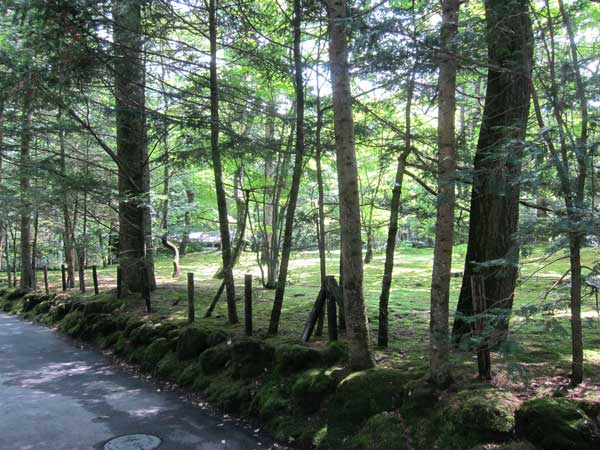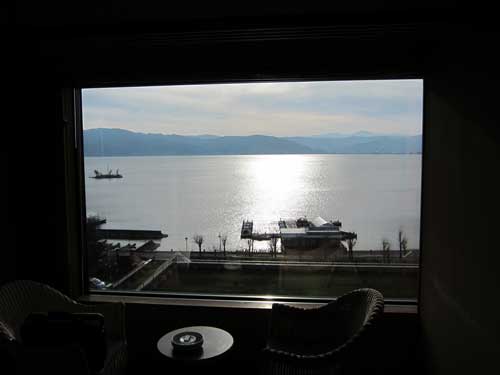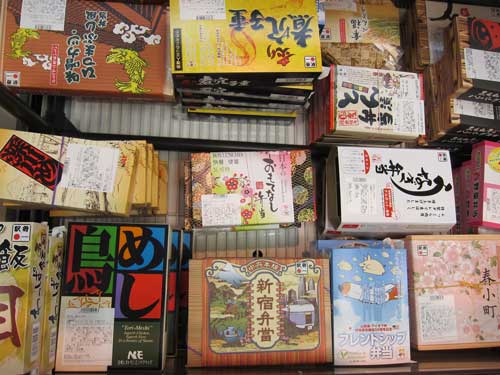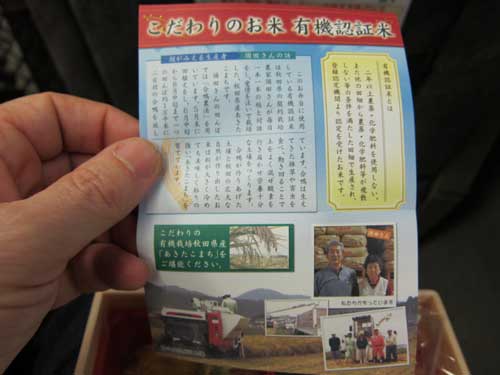
5月でも、長野の山の頂に雪が残っています。森は目覚めたばかりです。

夏の軽井沢は涼しいです。自転車でまわって、苔の森や小川や池を見ました。東京から日帰りでも楽しいです。ジョンレノンとヨーコオノがよくたずねた喫茶店を見つけました。
In the heat of summer, Karuizawa remains cool and elegant. We found a moss forest, streams, and a small lake. It is just an hour from Tokyo by bullet train, and easy to rent a bike near the station. We passed many tennis courts, but did not meet any royalty. By accident, we met the charming proprietress of a coffee shop frequented by John Lennon and Yoko Ono in 1977.

During onbashira, we explored some interesting places in Suwa and learned a little about its history. Next to one of the shrines is an Edo-era shop selling a salty type of shio yokan. In a country that often eliminates its past, it is amazing to see a small business that preserves traditions. We also visited an Edo era guest house, which still retains a beautiful small garden in a property that shrunk over the generations.

Suwa’s famed lake is stunning. We saw many types of birds, including tonbi (black kite) and ducks.

The town is also known for its hot springs. We saw this early 20th century building which served the silk factory workers and was known for its “stand-up onsen.” Apparently there were too many bathers for them to sit or lie down in the hot water pools.

Tour of Suwa continues after the jump

Last weekend I went to Suwa in Nagano with Kobayashi sensei of Sinajina for the famous, once every six years onbashira festival.
Over two months, the residents of Suwa select enormous trees growing on top of the mountain ridge, cut them and transport them down the hills by dragging them with rope, race down a hill sitting on the logs, and eventually lift them up at several important shrines (while people stand on top of them, I guess, to make it more difficult, heavy and dangerous).
Onbashira is a very pleasant mix of animism, forestry and virility. More on the ceremony later.
But, first, the first joy of taking any trip in Japan is buying a bento at the station. There is an incredible variety, priced from about 500 yen to 1,500 yen. Each comes beautifully wrapped in a box, with fantastic graphic design. You can see some cool typography, artistic mountains and trains, a space shuttle, a pokemon, and cherry blossoms.
I chose the spring special, decorated with sakura petals. Inside I was delighted to find over twenty different foods, including takenoko (bamboo shoots).

Even more remarkable, my box came with a photo and description of the organic rice farmers.

And lastly here’s the purple-striped beauty that got us to the Suwa lake in just two hours from Shinjuku.


When USA Today focuses on green alleys, you can feel that this topic of recreating cities has reached a mainstream audience. A recent USA Today article focuses on Los Angeles, Chicago and Seattle efforts to use alleys for environmental benefits and improved community life. Resurfacing alleys with porous surfaces reduces runoff, lowers the burden on municipal storm drains, and improves lake and ocean water quality.
In addition to functional environmental benefits, green alleys turn underutilized spaces into living spaces, places for walking, biking and gathering. The article quotes Suzanne Simmons who worked with her neighbors to close their alley to car traffic and set up instead benches, grills and tables.